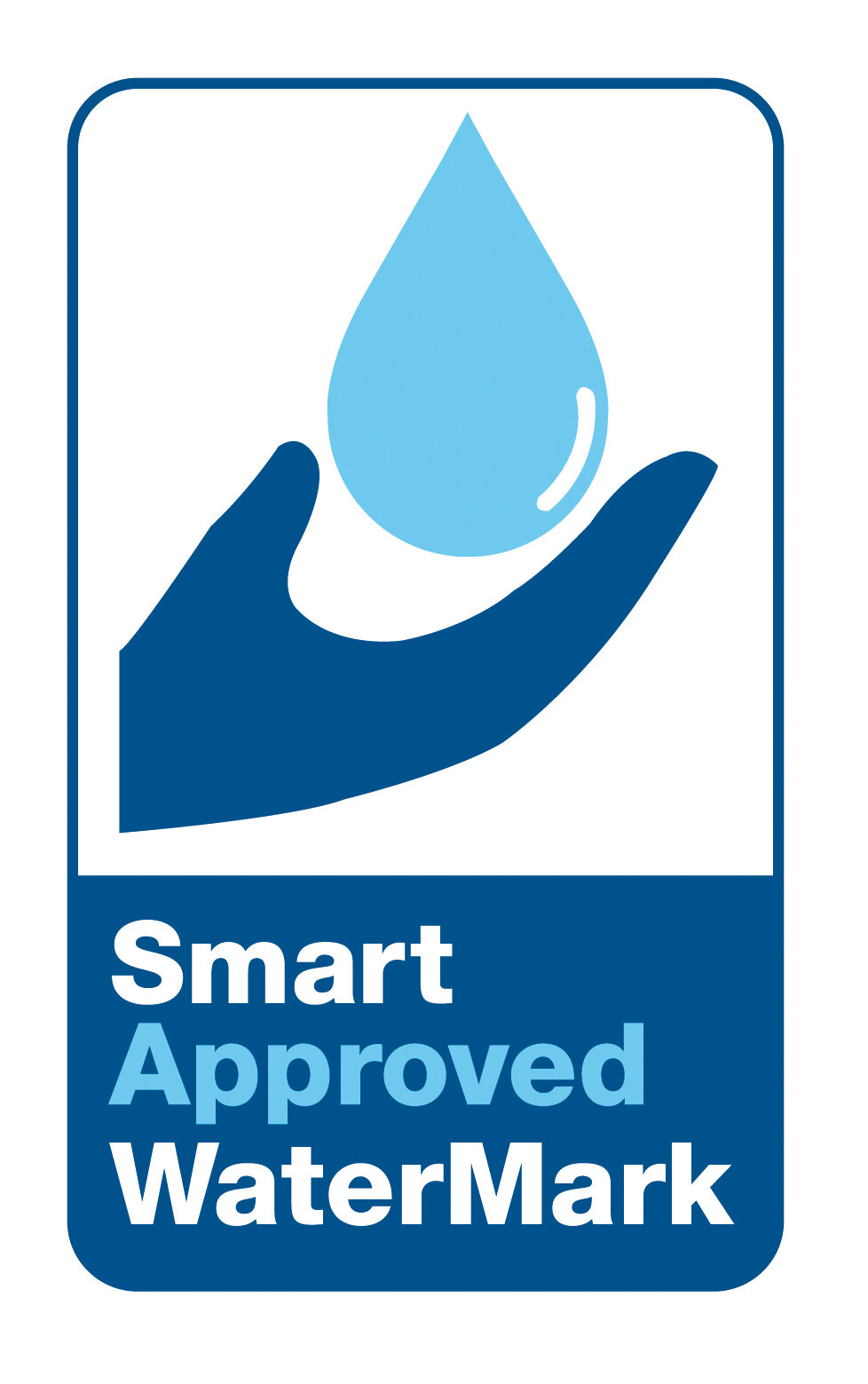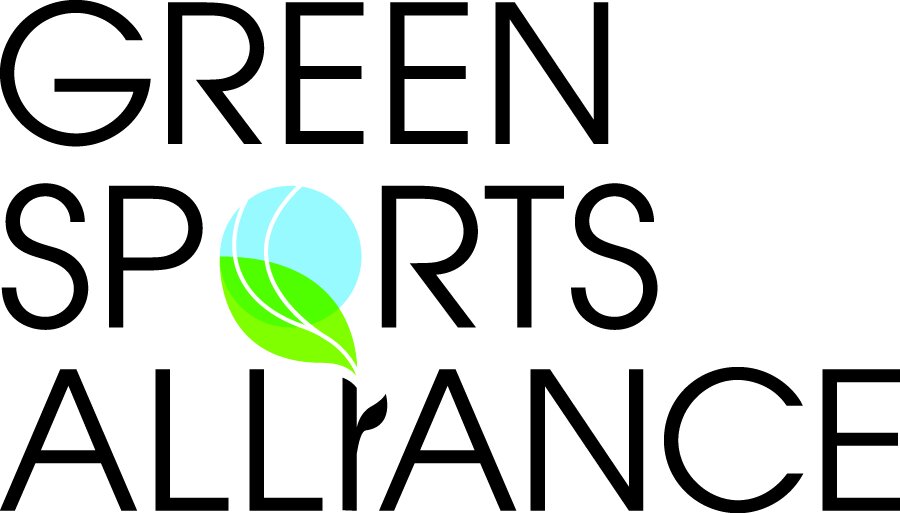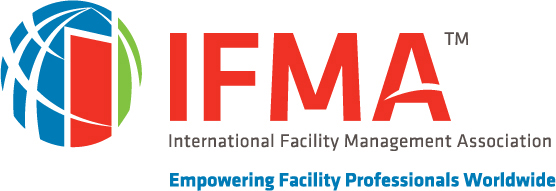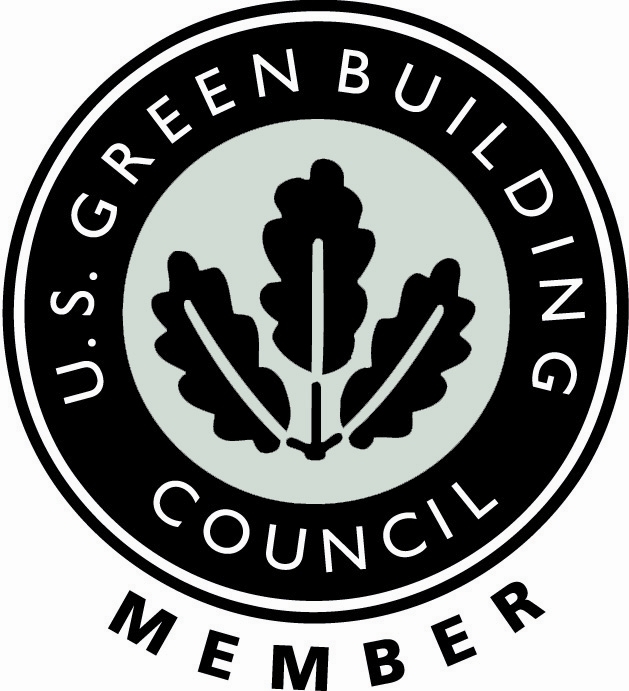In the 1950s, urinals used massive amounts of water, as much as seven gallons per flush (GPF). This has been reduced significantly over the years, and today’s average urinal uses about one GPF.
But it is estimated that 20 percent of the water available for drinking around the world is still flushed down urinal drains. This is a considerable amount of water. The spreadsheet below provides estimates of just how much water traditional urinals use in different types of facilities to see how much this can be.
Small office with twenty-five males, about 58,000 gallons of water per year.
Restaurant with 150 male patrons daily, 72,000 gallons of water per year.
School, with 300 male students, 330,000 gallons of water per year.
Installing waterless urinals not only eliminates the use of water but the electrical power necessary to pump water. Instead of flushing away urine, gravity drains the urine in a waterless urinal system; it then flows into a trap cylinder unit filled with a thin layer of liquid sealant that sits atop the drain area of the urinal.
The trap/cylinder and sealant play a crucial role. Together, they prevent odors from being released into the air. As the cylinder fills, the urine overflows into a conventional drainpipe, much like a traditional urinal works.
Waterless Urinals Benefits and Differences
In addition to savings on water, sewer, and electricity usage, building owners and managers have found that waterless urinals can offer other benefits as well:
Savings in plumbing and installation costs because waterless urinals do not need to be plumbed for water, only drainage
Lower sewer charges because no water is used
Fewer installation requirements because flush valves or electric sensors are unnecessary
Reduced vandalism in educational settings
Quick and easy installation
Less bacterial growth because bacteria need moisture to grow; with a waterless urinal, the interior of the urinal stays dry.
Many experts also believe waterless urinals are healthier than conventional urinals because they do not need to be “touched.” The touching of soiled restroom fixtures and handles can transmit germs and bacteria, a big concern with the pandemic.
Looks Can Be Deceiving
Several manufacturers are producing waterless urinals in the U.S. today. Although they are quite similar in look, design, and operation, each uses a slightly different system, affecting maintenance requirements and operational costs. Purchasers should be aware of this.
For instance, the trap inserts on some models require more frequent replacement than others. And on some models, the trap/cylinders can be quite expensive, eliminating the monetary savings building owners might achieve by installing waterless urinals and minimizing water use.
Future Trends
When building owners and managers talk of operating their facilities in a greener fashion, it usually involves cleaning, energy efficiency, indoor air quality, and similar issues. However, restroom fixtures are also becoming a key part of a green building operation.
According to Alex Wilson, President of BuildingGreen, Inc., a building contractor in Brattleboro, VT, the most significant environmental issue in the future of restrooms is water use and finding ways to reduce water consumption.
Further, he says the focus will increasingly be on urinals. Wilson says the savings are often the greatest when waterless urinals replace older urinals with three GPF or more. However, transferring to waterless urinals is still substantial even when the most efficient water-using urinals are installed.
Klaus Reichardt is CEO and founder of Waterless Co. Inc, Vista, Calif. Reichardt founded the company in 1991 to establish a new market segment in the plumbing fixture industry with water efficiency in mind. Reichardt is a frequent writer and presenter, discussing water conservation issues. He can be reached at klaus@waterless.com.




















